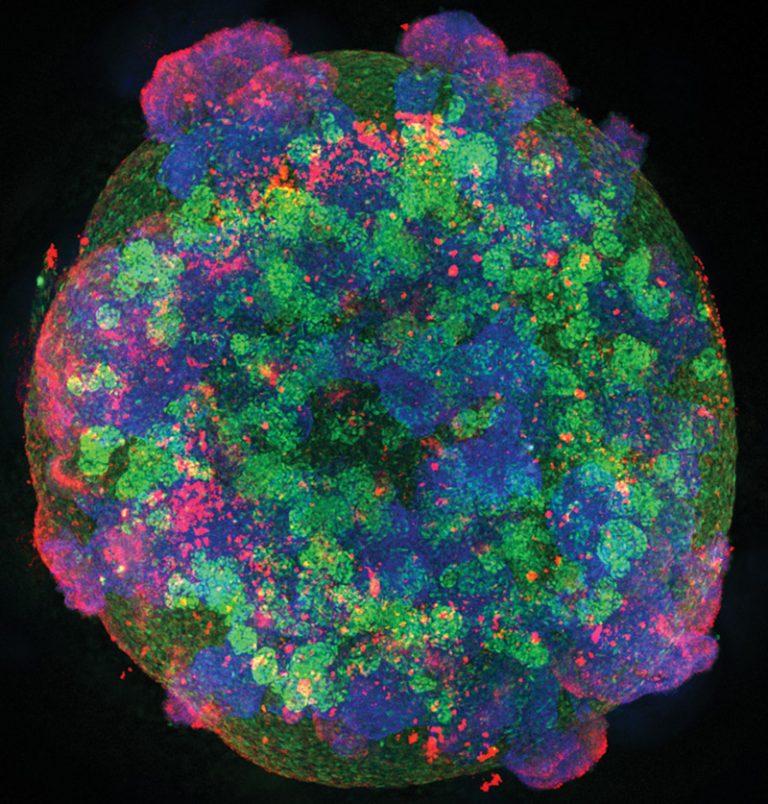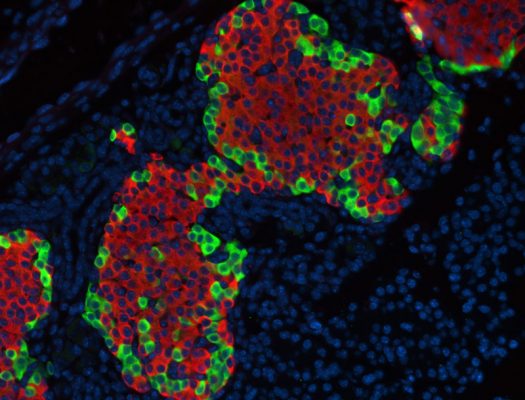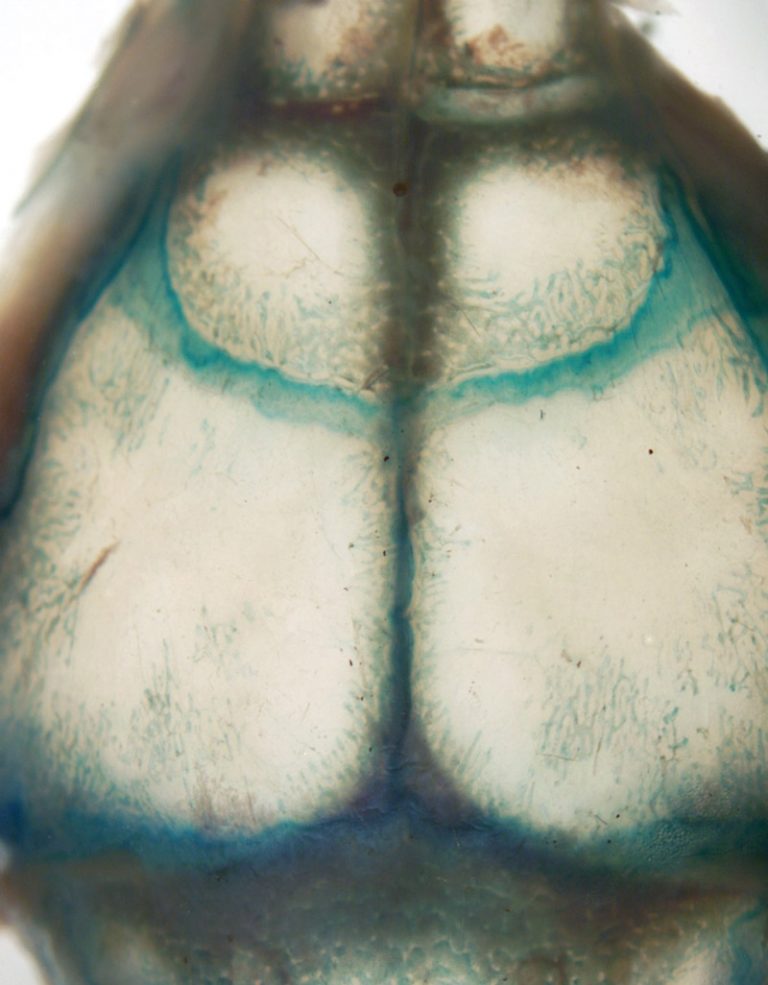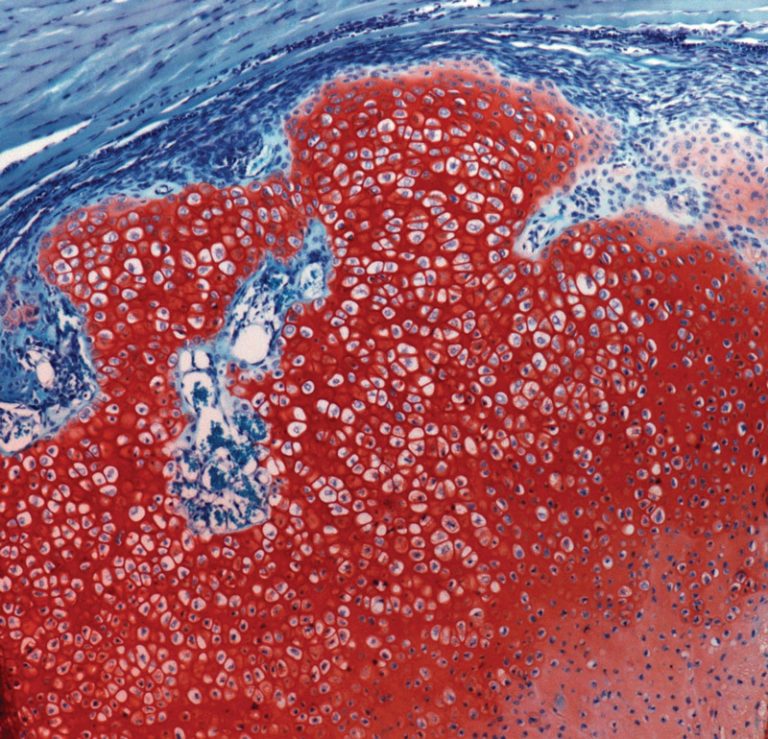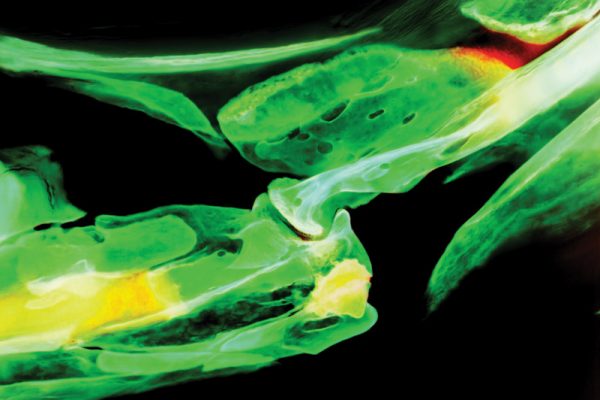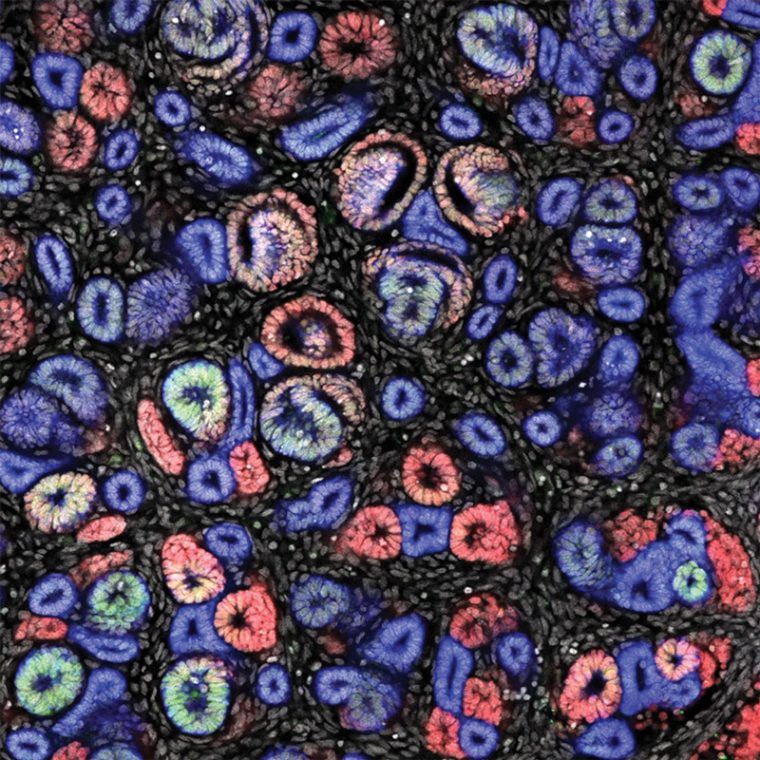
Stem cell therapies have accelerated at a promising pace, but how do they work? And what are stem cells?
What are stem cells?
A stem cell is a cell that can develop into many different kinds of cells. Humans, mice and other mammals start out as a single cell: a fertilized egg. This is the ultimate stem cell because it is “totipotent”— meaning it has the power to form every kind of cell throughout the body.
The totipotent egg quickly divides into the hundreds of embryonic stem cells that form the early embryo, or blastocyst. Embryonic stem cells are considered “pluripotent” because they possess the power to produce a plurality, or wide variety, of cell types.
As the organism grows and develops, some of its stem cells differentiate into the specialized cells that make up the brain, heart, lungs, skin, blood and many other tissues and organs of the body. Other stem cells self-renew, or give rise to new stem cells. Throughout life, the organism will maintain a reserve of adult stem cells, stored throughout the body, to replenish dying or injured cells as needed. Not all adult organs have stem cells. This is why certain organs — such as the skin and gut—readily regenerate and heal, while others — such as the heart and kidney — do not.
In 2006, scientist Shinya Yamanaka discovered that the differentiated cells that make up the skin, blood and other tissues can be reprogrammed or “rewound” into an embryo-like pluripotent state. These induced pluripotent stem cells serve as a patient-specific cell source for studying development and disease, screening potential drugs and pioneering personalized medical treatments.
The USC Stem Cell Initiative
In Los Angeles, physicians and institutes are taking the lead in pioneering innovative therapies using stem cells. The Eli and Edythe Broad Center for Stem Cell Biology and Regenerative Medicine at USC is home to the university-wide USC Stem Cell initiative that brings together more than 100 research and clinical faculty to advance stem cell research and treatments.
In support of these discoveries, California’s stem cell agency, the California Institute for Regenerative Medicine (CIRM), has awarded $128.5 million to USC investigators. CIRM was established in 2004 through Proposition 71 — a voter-approved measure to provide $3 billion for stem cell research at California research institutions and companies. Other key supporters include the National Institutes of Health, major biotech companies and visionary philanthropists such as Eli and Edythe Broad. The center includes several resources for specialized equipment and highly trained experts invaluable to stem cell research. Among them:
The Choi Family Therapeutic Screening Facility
What it is: The facility is a place to discover new drugs, with resources like chemical libraries, automated microscopes, equipment to screen small molecules using imaging, and on-call experts.
What’s ahead: USC Stem Cell scientists use cells from patients to screen drug-like molecules with the potential to treat diseases ranging from ALS to breast cancer.
The Chang Stem Cell Engineering Facility
What it is: The facility generates and genetically modifies stem cells, so that researchers can look at what goes wrong in diseases, as well as create tools to treat genetic disorders.
What’s ahead: Scientists with USC Stem Cell will shed light on diabetes, kidney disease and other diseases.

